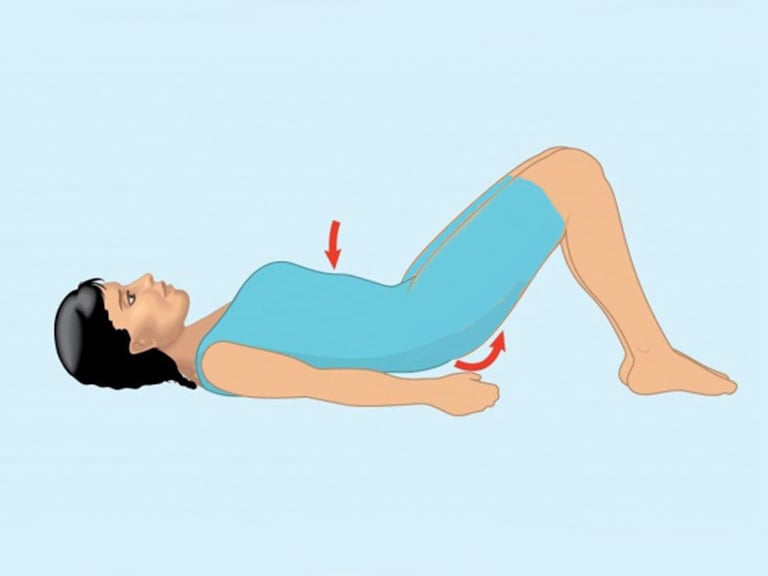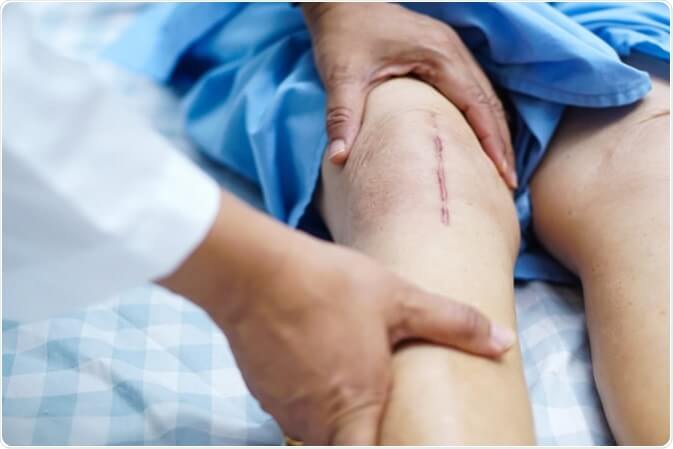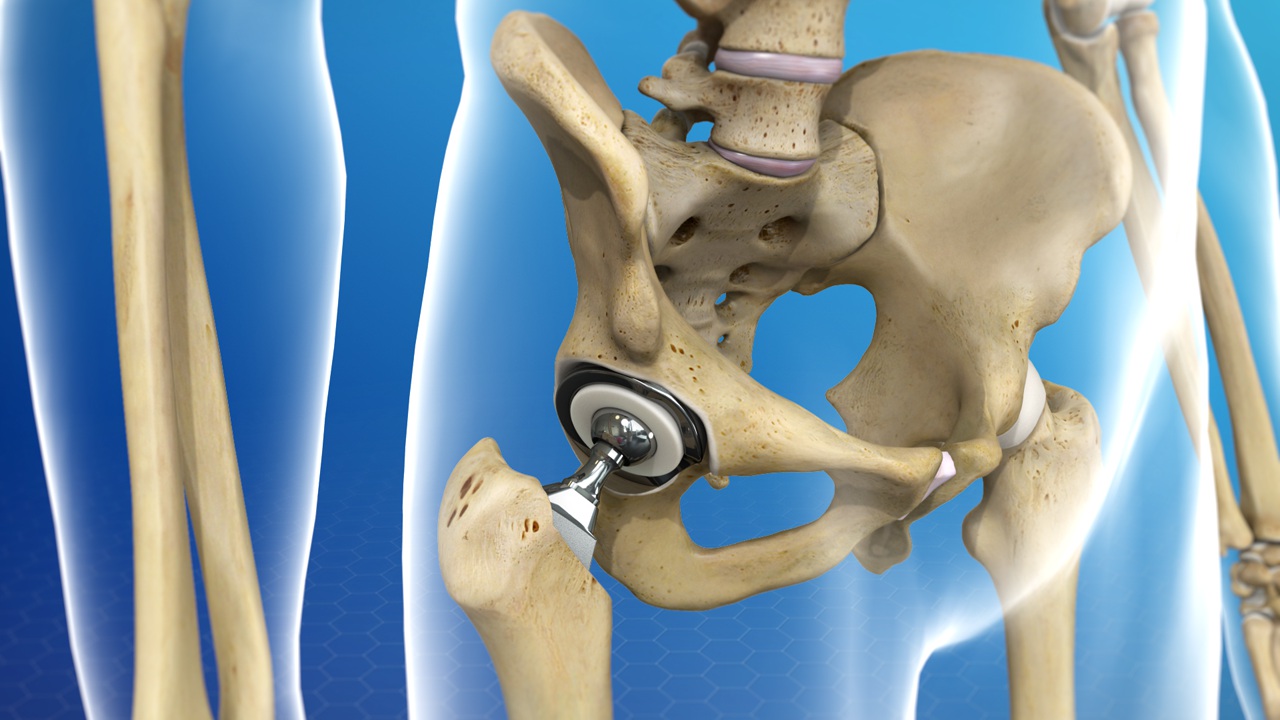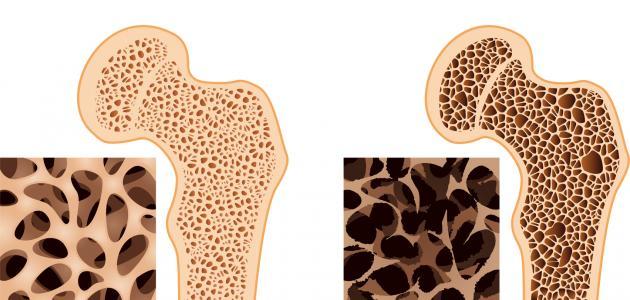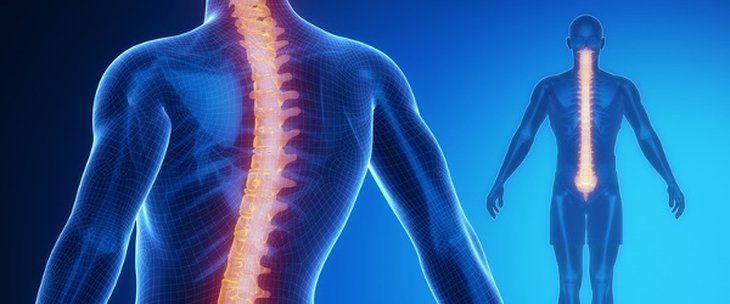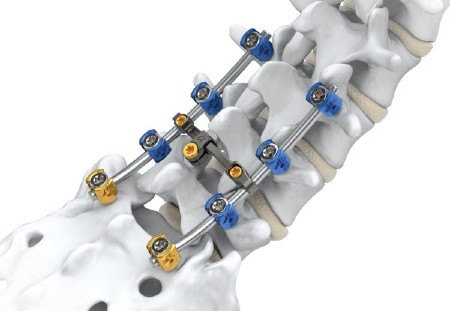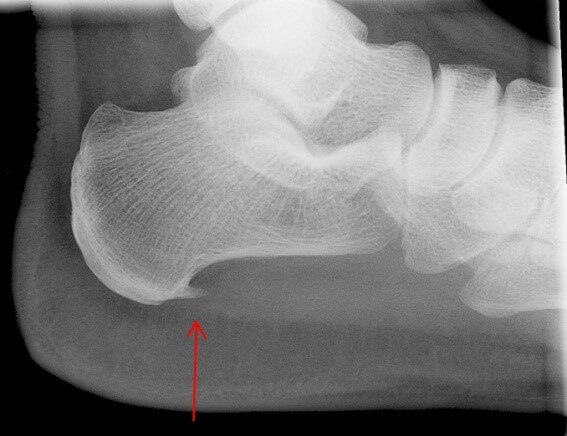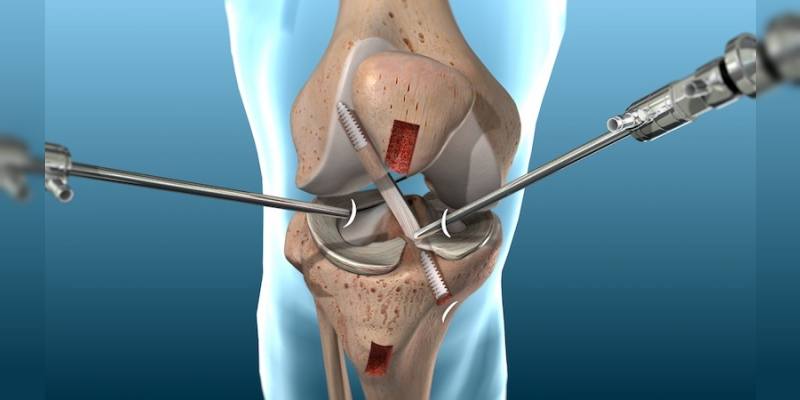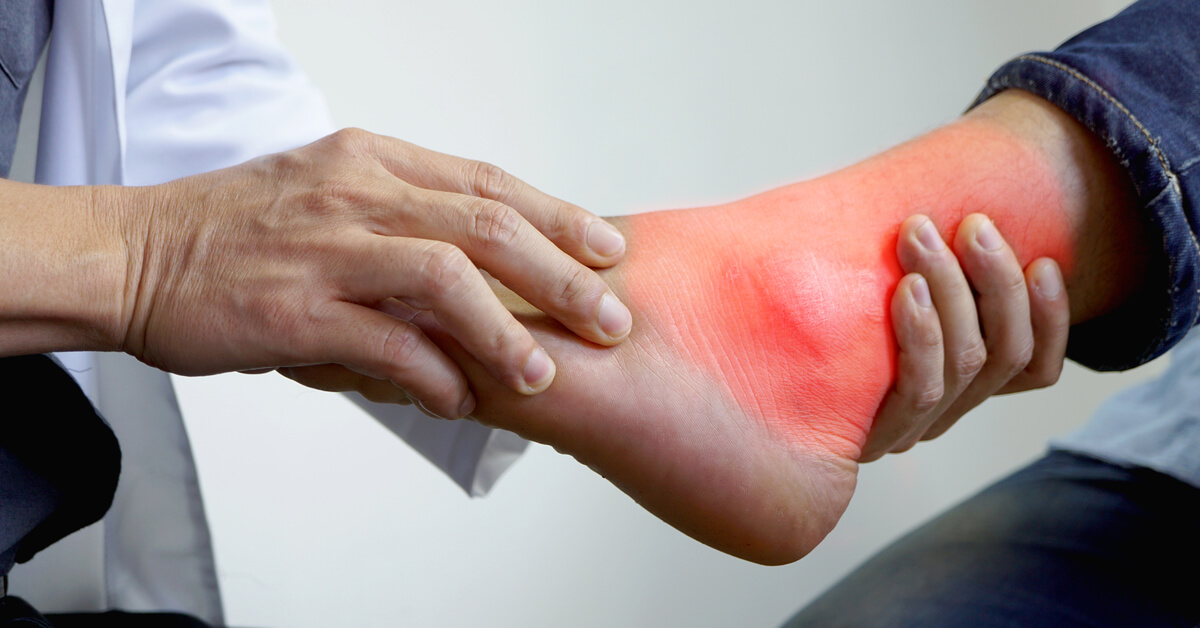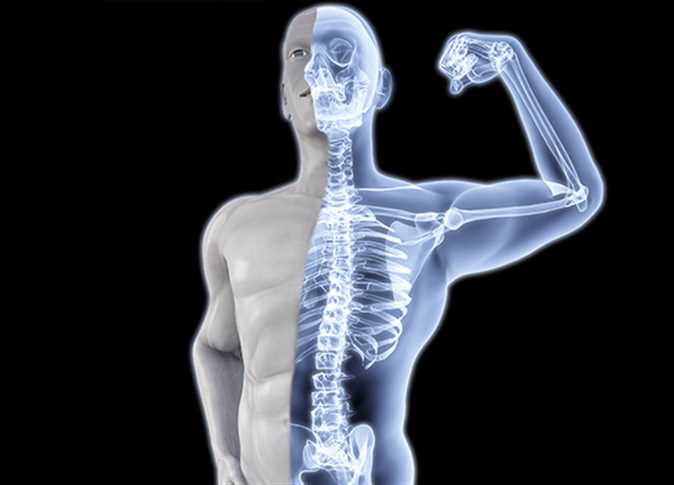How to Treat Sciatica and Does It Heal on Its Own?
How to Treat Sciatica
Sciatica, also known as piriformis syndrome, is a common condition related to the muscles in the hip and thigh area. Many people suffer from pain and cramps in this area, which affects their ability to move and their daily life. Treating sciatica requires multiple strategies aimed at alleviating pain and strengthening the affected muscles.
In this article, we will take a look at the top 10 methods used in the treatment of sciatica:
- Painkillers: Several medications can be used to alleviate pain and soothe spasms in the hip muscles. Among these, over-the-counter pain relievers like acetaminophen, and nonsteroidal anti-inflammatory drugs such as ibuprofen and naproxen can be used.
- Physical Therapy: Physical therapy can help relieve pain and promote movement in the hip area. This includes stretching exercises, strengthening the muscles around the hip, improving flexibility, and overall body strengthening.
- Massage: Massage is an effective way to relieve tension and strengthen the damaged muscles in the hip area. Calming essential oils such as lavender or coconut oil can be used to enhance the effectiveness of the massage.
- Rehabilitation Exercises: Rehabilitative exercises aim to strengthen the muscles surrounding the hip and increase the joint’s flexibility. These exercises should be performed under the supervision of a physical therapy expert to ensure they are done correctly and safely.
- Heat and Cold Therapy: Hot or cold compresses can be used to relieve pain and calm spasms in the hip area. It is recommended to apply cold packs to the painful area for 20 minutes several times a day.
- Cupping: Cupping therapy is one of the traditional methods of treating sciatica. Glass cups are placed on the skin, creating suction that helps improve blood flow and alleviate pain.
- Dry Needling: Dry needling, also known as trigger point therapy, uses needles to stimulate specific points in the body to relieve pain and improve balance and movement in the hip area.
- Electromagnetic Radiation Therapy: This treatment uses electromagnetic waves to stimulate cell regeneration and accelerate the healing process in the affected hip area.
- Strengthening Core Muscles: It is advisable to strengthen core muscles to support and stabilize the hip area and reduce the excessive strain on the muscles.
- Surgical Intervention: In cases where symptoms do not respond to conventional treatments, surgical intervention may be advised to repair damaged tissues in the hip area.
Individuals suffering from sciatica should consult a doctor before starting any treatment method and adhere to the prescribed plan. It may also be beneficial to consult a specialist in physical therapy for personalized advice and a tailored treatment program.
Does sciatica heal on its own?
People who suffer from sciatica symptoms often wonder if the pain will go away on its own or if it requires special treatment. Sciatica is a common condition that affects many people and causes severe pain, impacting an individual’s life and daily quality of life. In this article, we will look at the possibility of sciatica healing on its own.
Duration of acute and chronic sciatica relapse
Sciatica is usually acute for a period ranging from a week to two weeks. During this period, you may suffer from sharp pains in the lower back that extend to the thighs, buttocks, and legs. These attacks can be very painful and cause numbness and weakness in the legs. However, acute episodes of sciatica usually heal spontaneously within a few weeks.
Although most cases of sciatica heal on their own, it can also turn into a chronic condition. Chronic sciatica means that the pain and symptoms are persistent or recur regularly after calm periods. While many people recover from sciatica after a specific period of time, some may suffer from recurring episodes of pain throughout the year.
Ways to alleviate sciatica pain
There may be some natural methods that can be used to relieve sciatica pain for many people. One should start by needing to rest for several days after the onset of an attack. The individual should avoid waiting too long before resuming physical activity, as long periods of inactivity may lead to worsening symptoms. In addition, people with sciatica can try some natural techniques that help relieve pain and improve their condition:
Appropriate exercises: Some simple exercises and stretching exercises may help alleviate sciatica pain. However, one should consult their healthcare provider before starting any exercise regimen. Good sitting: Poor sitting posture can negatively affect the nerves in the spinal columns and increase the likelihood of sciatica symptoms. One should sit correctly and use comfortable back supports. Pain massage: Gentle massage of the back and legs may be beneficial to relieve sciatica pain and improve blood circulation. Heating and cooling: Heat and cold applications (such as wax and ice) can be used on painful areas to reduce swelling and inflammation, which is beneficial for some people. When should you see a doctor?
There may be cases of sciatica that need additional medical care or special treatment. If symptoms develop and become more severe or persistent for a long period, one should visit the doctor. Some situations that require immediate medical attention include:
Severe weakness in the legs or loss of control over them. Difficulty in controlling urination or hyperdefecation. Severe pain that increases with standing or movement. Severe waist pain with numbness in the pelvic area.
In many cases, sciatica heals on its own with rest and self-care. People with sciatica can use some natural techniques to alleviate pain and improve their condition. However, if symptoms persist or worsen, one should consult a doctor to assess their condition and get appropriate treatment.
Correct Sleeping Method for Sciatica Sufferers?
Sciatica is an annoying health issue that many people suffer from. Although the causes of sciatica vary from one person to another, the correct sleeping method can positively impact the quality of your sleep and the occurrence of sciatica. In this article, we will discuss some tips on the proper sleeping method for people suffering from sciatica.
- Use cotton sheets: Choosing sheets made of natural cotton fabric helps to ventilate your body and absorb sweat. It is preferable to avoid using sheets made of synthetic fibers or polyester that trap heat and cause an increase in sweating.
- Stay close to cool air: Avoid hot or enclosed sleeping places. It is preferable to sleep in a well-ventilated room that is cool enough. Open a window or use a fan to allow the flow of fresh air and cool the room’s temperature.
- Rely on loose cotton clothing: Choosing clothes made of loose cotton fabric improves ventilation and facilitates body temperature regulation. Avoid wearing tight clothes that trap heat and increase sweating.
- Refresh your bedsheet: Take the opportunity to change your bedsheet regularly. Using a clean and dry bedsheet enhances refreshment and prevents bacterial accumulations and unwanted odors.
- Use pillows rich in ventilation technology: Invest in a pillow that features ventilation, allowing air to flow around your head and neck. Pillows made from natural materials, such as cotton or wool, can help avoid sweating and retain more coolness while sleeping.
- Place a thin layer of towels on the level: Place a thin piece of towel on the surface of the mattress before putting the bedsheet. This extra lining will help absorb sweat and protect your mattress from any significant residues or odors.
- Take a cold shower before sleeping: Instead of taking a hot shower, you might find it beneficial to take a cold shower before bedtime. Cooling down for a few minutes is an opportunity to calm your body’s heat and normalize its temperature level.
- Relieve stress before bedtime: Relaxation and stress relief before bedtime are very important. Use scientifically proven deep breathing techniques, such as abdominal breathing or the diaphragmatic breath, to calm your body and mind. You may also find calming activities such as yoga or muscle relaxation helpful in relieving stress and calming the mind.
- Ensure to dry off sweat before sleeping: Before laying your head on the pillow, make sure to dry off sweat or sprinkle appropriate powder on the sweaty areas of your body. This will prevent sweating and moisture accumulations that may lead to unwanted odors.
When facing the problem of sciatica, the correct way of sleeping can significantly affect your comfort and the quality of your sleep. Try several of the above tips and discover what suits you best. If sciatica continues to cause you discomfort, do not hesitate to consult a doctor to assess your condition and receive the appropriate advice.
What are the causes of sciatica?
Sciatica is a condition that results from the irritation and compression of the sciatic nerve roots in the spinal area. Sciatica is a common problem that affects many people and can cause sharp pain and numbness in the lower back extending to the thigh, leg, and foot, which affects the quality of life of those afflicted with this condition.
In this article, we will review some common reasons for the occurrence of sciatica:
- Herniated Disc: A herniated disc in the lumbar spine is one of the primary causes of sciatica. This happens when the spinal disc herniates, leading to a narrowing of the gap between the vertebrae. A herniated disc can put pressure on the sciatic nerve root, causing symptoms of sciatica.
- Arthritis: Arthritis can occur in the spinal region and is a common cause of sciatica in the elderly. Arthritis leads to the formation of bone spurs in parts of the spine, which can compress the sciatic nerve root and result in sciatica symptoms.
- Injuries and Tears: Injuries and tears in the hip joint or spinal area can cause disorders that lead to sciatica. When a tear occurs in one of the joints or ligaments, the space for the nerve root to move is narrowed, leading to friction and pressure on it, and thus the appearance of sciatica symptoms.
- Other Factors: There could be other reasons for the appearance of sciatica such as spinal canal stenosis, congenital deformities in the spine, or genetics. Tumors or infections in the area surrounding the nerve root can also lead to sciatica.
It is worth mentioning that these causes are not exhaustive, and there may be other factors that can lead to sciatica. Therefore, if symptoms such as sharp pain and numbness in the thigh and leg area appear, it is important to consult a doctor for diagnosis and to determine the causative factors.
Diagnosing sciatica may require imaging tests such as X-rays or Magnetic Resonance Imaging (MRI) to locate the site of damage or irritation. Based on the diagnosis, an appropriate treatment plan can be adopted, including pain relief, reducing inflammation, and conducting physical therapy sessions.
To protect yourself from the onset or exacerbation of sciatica, it is advised to follow some preventive guidelines such as maintaining good body posture while sitting and sleeping, lifting heavy objects properly, and performing exercises that strengthen the back and abdominal muscles.
Sciatica can be a troublesome and painful condition, but with early diagnosis and appropriate treatment, those affected can improve their quality of life and eliminate associated symptoms. Therefore, medical consultation is essential to obtain the correct diagnosis and treatment.
Does sciatica pain increase at night?
Sciatica is a health condition that causes sharp pain extending from the lower back to the foot, resulting from compression or irritation of the sciatic nerve. Although this pain may increase during the day due to movement and activity, some individuals feel that the pain worsens at night. This raises an important question: Does sciatica pain increase at night?
The answer to this question may vary from person to person, as the preferred sleeping position and body postures can influence the severity of sciatica symptoms. There could be many factors that may affect the exacerbation of pain during the night, and it is impossible to identify one specific cause for this. However, there are several potential reasons for increased pain at night, and we will review some of them in this article.
- Sleeping Position: Sleeping positions vary from one person to another, and adopting certain positions may increase pressure on the nerve affected by sciatica, increasing the intensity of pain at night. It is advisable for patients to try different sleeping positions and choose those that provide comfort and reduce the pressure on the irritated nerve.
- Lack of Movement: During the night, the body is in a state of relaxation, and a person may lie down for long periods without movement. Patients might not notice the exacerbation of sciatica symptoms during the day due to maintaining their activity, but upon relaxing in bed, they may notice an increase in pain.
- Increased Pain Focus: A person’s focus on the pain may be greater at night, where there are no distractions from other daily activities. Patients may notice an exacerbation of pain because they become more aware of the subtle changes in the degree of pain during the sleeping period.
If you are suffering from the exacerbation of sciatica symptoms at night, it is recommended to follow some tips to improve the quality of sleep and reduce the severity of pain:
- Use a comfortable pillow: Choosing a comfortable pillow with proper support can help reduce the pressure on the irritated nerve and alleviate pain.
- Exercise: Engaging in simple exercises before bedtime can be beneficial in easing pain and increasing the flexibility of muscles and ligaments.
- Massage: Gentle massage of the back and hips can help relieve muscle tension and ease pain.
- Use heat radiators: Heat radiators can be used to warm the painful area and relieve muscle spasms.
- Reduce the intake of stimulants before sleep: It is advisable to avoid consuming stimulants such as coffee and chocolate before bedtime, as these substances can affect the quality of sleep.
It is important to consult a doctor to evaluate your condition and guide you to the best treatment methods. These guidelines can help improve the quality of your sleep and alleviate sciatica symptoms.
In general, sciatica may worsen at night for some people, but this does not mean that it occurs in all cases. The impact of pain and its exacerbation can vary from person to person, and symptoms may be affected by many factors. It is of great importance to see a specialist doctor and obtain proper diagnosis and treatment to improve your daily life and alleviate the problems caused by sciatica.
